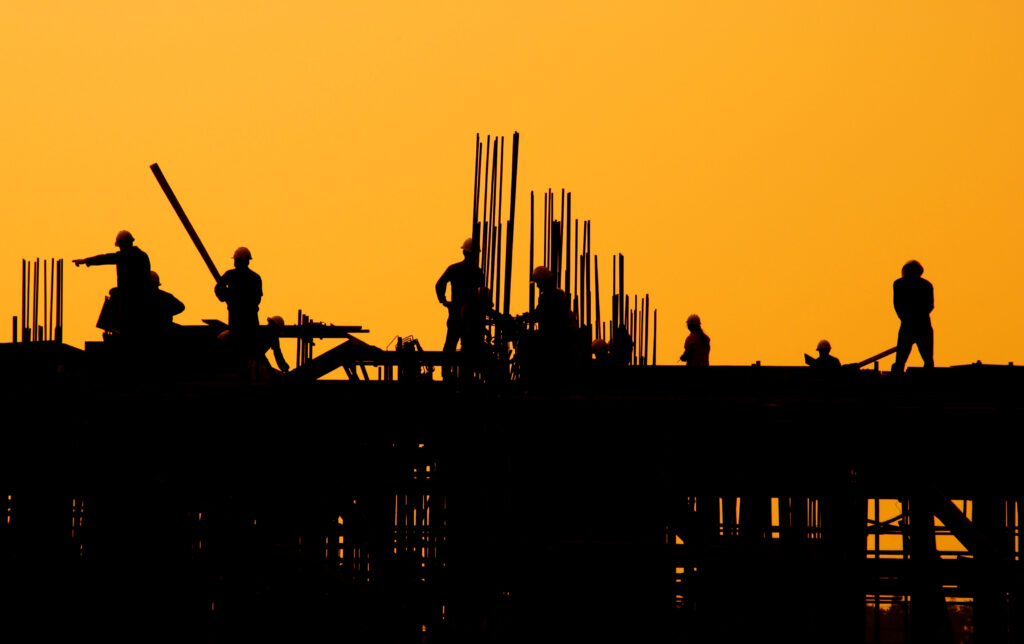New experiments in procedure and technology have shaped the restaurant industry over time. Nowadays, you can order your burger via touch screen at McDonald’s, and the prevalence of DoorDash and Grubhub means you don’t have to leave your house to get your food. In 2019, a new trend emerged on the West Coast that completely cut out the traditional dine-in experience.
Backstory on Ghost Kitchens
Ghost kitchens (sometimes called cloud or virtual kitchens) began cropping up in California’s larger metropolitan areas almost two years ago in response to higher property costs that made it difficult for even established restaurants to stay afloat. There are a few different iterations of ghost kitchens. In some instances, they’re simply bare bones kitchens that only house the equipment needed to prepare and deliver a limited menu of food directly to the customer or via a third-party service, like DoorDash. Some ghost kitchens arise when restaurants “split” themselves into two or more parts to form a sort of restaurant within a restaurant. For instance, a pizza restaurant might also market online as a separate restaurant that only sells delivery chicken wings. However, customers won’t be made aware that they’re not ordering from a “real” restaurant.
2020 Rise
Many people were skeptical of how successful ghost kitchens would be, until 2020 pushed them to the forefront as the restaurant business model. Social-distancing guidelines meant that many restaurants were forced to close down their dining rooms. To avoid permanently shuttering, they copied the method of major chains by offering delivery and curb-side pickup options. It was challenging at first to adapt to the “new normal,” but for many it proved to be vital in helping them keep the lights on.
The Benefits of Ghost Kitchens
Having a smaller, cook-only space has several benefits, the biggest being overhead cost. In bigger cities like Los Angeles, the price per square foot rose from $2.19 to $2.95 within the last decade. In Santa Monica, prices shot up to $7.50 per square foot. Ghost kitchens are usually under 1,000 ft2, compared to fully operational eateries that start out over 1,000 ft2 and can be as large as 5,000 ft2. It also means that you don’t need nearly as large of a staff. For newly established diners, this is a huge boost to their bottom line. There’s also a dramatically smaller initial investment without the need for seating, eating utensils, signage and the other furnishings of a full-size restaurant.
The Drawbacks
While ghost kitchens are having a surge right now, they aren’t going to completely phase out traditional dining. For starters, it’s still difficult to get off the ground. Not offering in-person dining means you’re forced to push your brand as much as you can digitally. You have to drum up enough business online to get people to order from you when you could normally rely on in-person events, like a soft opening. Then comes the issue of maintaining and improving your digital presence to stay competitive. More established restaurants will have a larger following that’ll help make for a smoother transition, but smaller ones that rely on foot traffic might not be as lucky. With restaurants that want to make the shift from fully operational to just a kitchen, the financials again come into play. You’ll have to decide if it’s worth it to keep your current kitchen or relocate to a smaller space. Either way, you could take a loss and struggle to stay in the black.
The Outlook for “Phantom Eateries”
As we continue to see states and cities place restrictions on indoor dining, the ghost kitchen model won’t be vanishing anytime soon. But to reiterate, it’s not going to make traditional dine-in eating go completely extinct. People are still going to want the experience of dining at an upscale steakhouse to celebrate an event, or simply escaping the daily routine of cooking to eat at their favorite restaurant. However, for restaurants that want to expand and save money, ghost kitchens can be a viable option. Growth won’t just continue in the United States, but will expand to places like Europe, Asia and South America where prime real estate can be hard to come by. It’s estimated that 2020 sped up the market by almost five years, so it will be interesting to see what 2021 holds for the sector.
NPI inspects thousands of commercial properties each year from restaurants to multi-family. To make sure your building is ready for business, schedule your professional NPI inspection today.



